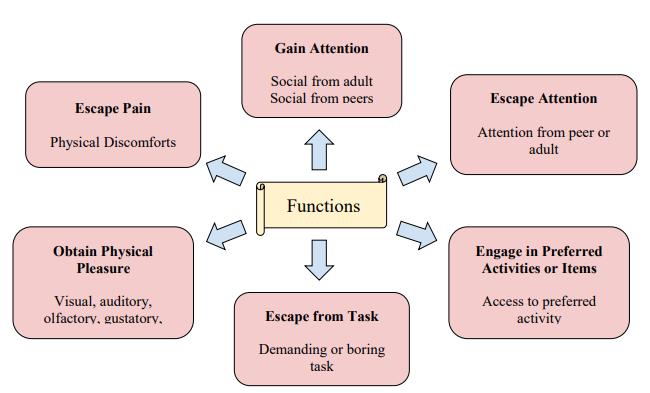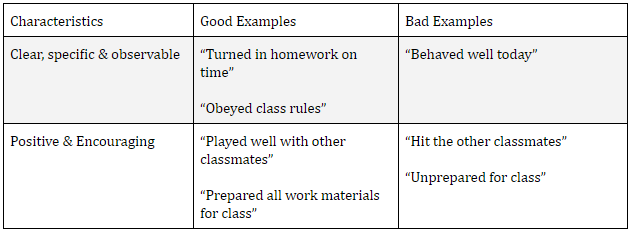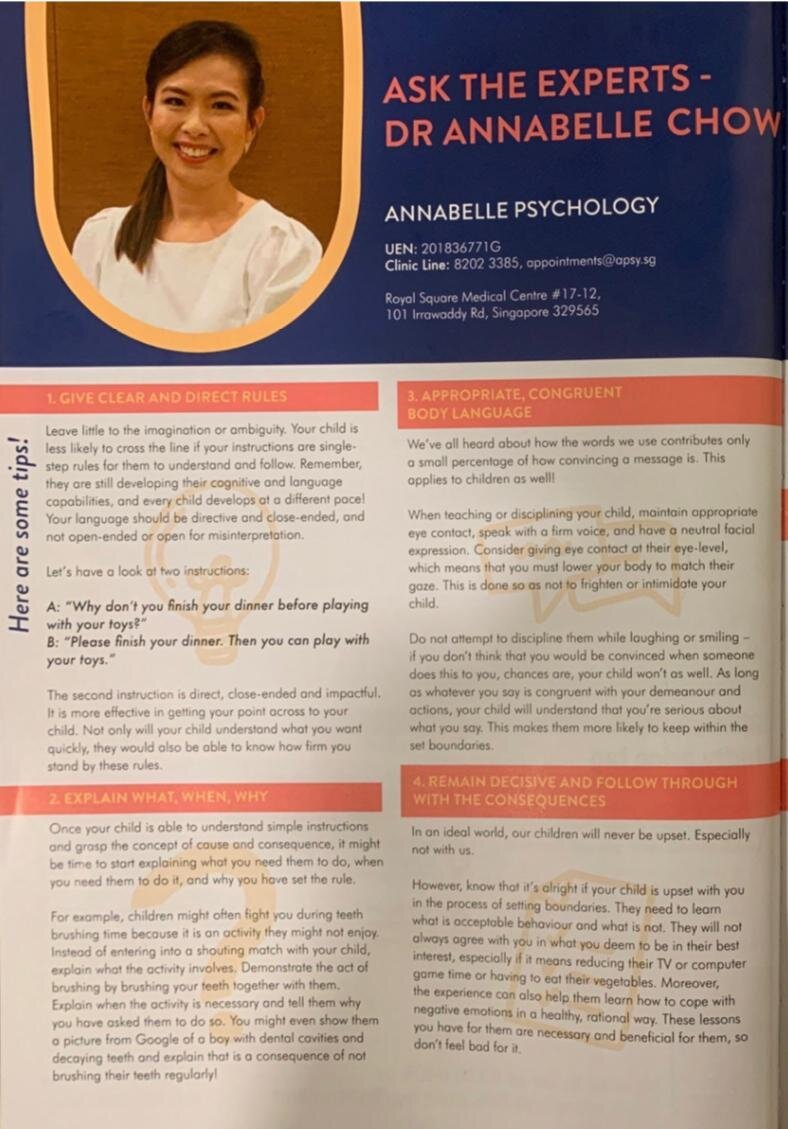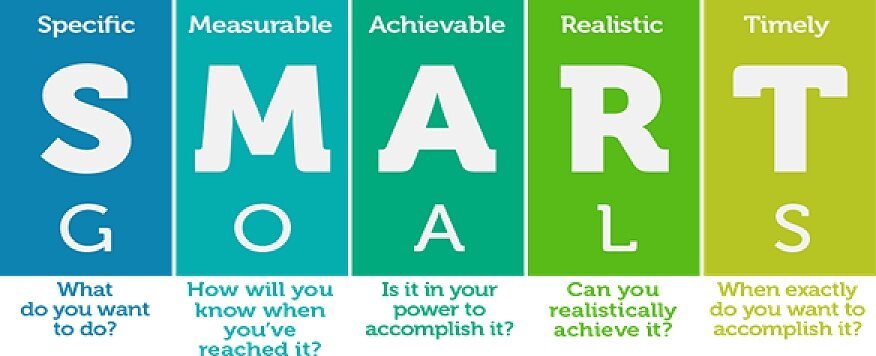Death is a common theme in cartoons and movies, so may not be as foreign as you might think. Having a vague understanding about death and experiencing it first hand is different, and can be a confusing and turbulent time for children.
The pain of loss, grief and sadness is a common emotion that adults can relate to when it comes to death, but oftentimes we may forget that children tend to experience additional feelings of confusion and fear. This is exacerbated by the often foreign emotions that accompany them, making it a rather disorienting experience.
Sheltering your child from the pain of loss is like fighting a losing battle - death is inevitable and is a part of life. Instead, equipping your child with the skills necessary to cope can help them feel safe and secure.
Death can be a daunting topic to tackle. However, by allowing them to understand their emotions and validating their fears, you can help build healthy coping skills that allow them to deal with grief appropriately.
Children grief differently
Children may express grief in different ways from adults - similarly, they may respond to death in different ways depending on their age and personalities.
Young children (2-4 years old) typically see death as temporary and reversible - they may not have an adequate understanding of what death means or it’s permanence. Sometimes, they blame themselves for the death of their loved ones, and mistakenly assume they have done something to cause the death. Your child may seem unbothered about the passing or even experience severe mood swings (from crying to wanting to play). They may also ask the same questions repeatedly - it's understandably frustrating, but remember to be patient and reassuring.
Expressions of grief: Regression to earlier behaviours (wetting the bed, sucking their thumb), sleep problems, irritability and confusion
How to help: Following an established routine, coupled with lots of care, love and reassurance will be helpful. Play may be an outlet for grieving at this age.
Children between the ages of 5 to 7 years start to grasp the concept of death, but may have an innocent perception that they and their loved ones are not susceptible to death, that is, it will never happen to them or anyone they know.
Expressions of grief: Nightmares, regressions to earlier behaviors, violent play
How to help: Encourage the expression of emotions through symbolic play or talking about the person who passed.
Children between 7 to 13 years may be overly fearful of sickness and injuries because they do not have a full understanding of how death works and why people die.They may want to believe death as reversible, but are beginning to understand the finality in death.
Expressions of grief: Regression, school issues, social issues, acting out, changes in sleeping and eating habits, thoughts about their own death
How to help: Explain to them that death may occur because of serious illness or injuries. Reassure them that death will not occur to them till a long time later.
As children grow older (13 years and up), it is important for parents to support and educate them on death and how to process and cope with loss. Teenagers are capable of understanding more abstract concepts, and thus have a better comprehension of the concept of death.
Expressions of grief: Extreme sadness or anger, denial, regression, risk taking, acting out, suicidal thoughts
How to help: Be present, and give them space to process their emotions, above all, encourage the expression of feelings!
Your child may feel immediate grief following the death of the loved one, but also have a belief that the loved one is still alive. This is normal weeks after the passing, however if persists beyond that, can be emotionally unhealthy and lead to more severe issues. Additionally, be observant of your child’s behaviours, especially if your child is unable to cope with grief and loss, they may suffer from adjustment disorder. Adjustment disorder occurs as a reaction to a painful or stressing event, the reaction to the event being excessive to what would be expected. The reaction also significantly interferes with social, occupational and educational functioning. During times of loss, it may be especially difficult to have the bandwidth to deal with both your own grief along with your child’s. Do seek help from a professional if you are unable to cope or help your child cope with these complex emotions.
Keep in Mind
Be mindful of your child’s developmental age when it comes to helping your child cope with death. Here are some general guidelines you could follow when helping your deal with grief:
1. Be Direct
Stay away from using euphemisms such as “went to sleep”, “gone”, or “we lost them”. Children are very literal, so these abstract and intangible languages can make them feel anxious and scared. As a result, they may believe the deceased will come back to life, and that death is not permanent. “Went to sleep” is particularly problematic, since it may cause your child to develop a fear of sleeping.
2. Tread Carefully
The way your child reacts to death is unpredictable and varies among individuals. When comforting your child, be mindful of their developmental age, and directly answer their questions. Try not to offer additional information as it may be overwhelming for them. Do your best to answer as honestly and clearly as you can - remember, it’s okay if you are unable to answer certain questions (i.e What happens after we die? Will I ever get to see grandma again?). A helpful suggestion is to relate back to your core values and beliefs to help guide along your responses. At the end of the day, what’s most important is that you are emotionally available and present for your child in this turbulent time.
3. Expressing Their Feelings
It is important to allow your child to articulate and pinpoint the emotions they are experiencing during this time. If your child is unable to express what they are feeling, you could prompt them by saying “Mummy/Daddy is feeling very sad that grandma passed away. Do you feel the same way?”. Other ways you could help your child express their emotions is through play - drawing pictures, playing with dolls or telling stories.
4. Funeral Matters
Funerals can be particularly helpful in providing closure, but can also be an intense experience. Whether your child attends the funeral is a personal decision, and is a judgment call the parents can make. However, do take into consideration your child’s preference as well, as it is never a good idea to force your child to attend a funeral they are not ready for.
Funerals are often emotionally charged, therefore your child has to be prepared for the visceral emotions they will see and feel around them. Moreover, if a casket is present, you may have to prepare them for that too. Do note that even the best prepared child may get upset and feel intense emotions. Children’s behaviours can be unpredictable, so expect the unexpected.
If you decide that funerals may not be the best way, a good alternative is to memorialise the person who passed away with your child. This involves remembering the deceased and sharing memories about the person. Some activities you could do with your child:
Planting a tree in honour and remembrance for the deceased
Releasing balloons with messages for the deceased
Sharing favourite memories of the person
Creating a scrapbook of memories of the person
There are many ways you could memorialise a person, so be creative with it. The purpose of the activity is to express the regret and sadness of losing the person and to find closure for both you and your child. It can be a helpful catharsis especially if your child is unable to attend the funeral to say their final goodbyes.
Different types of grief
The death of a loved one may not be the only time your child is faced with loss - and this can range from pets, to grandparents. Moreover, there are also different reasons for the death of loved ones. Here are some ways you can explain what happened:

































